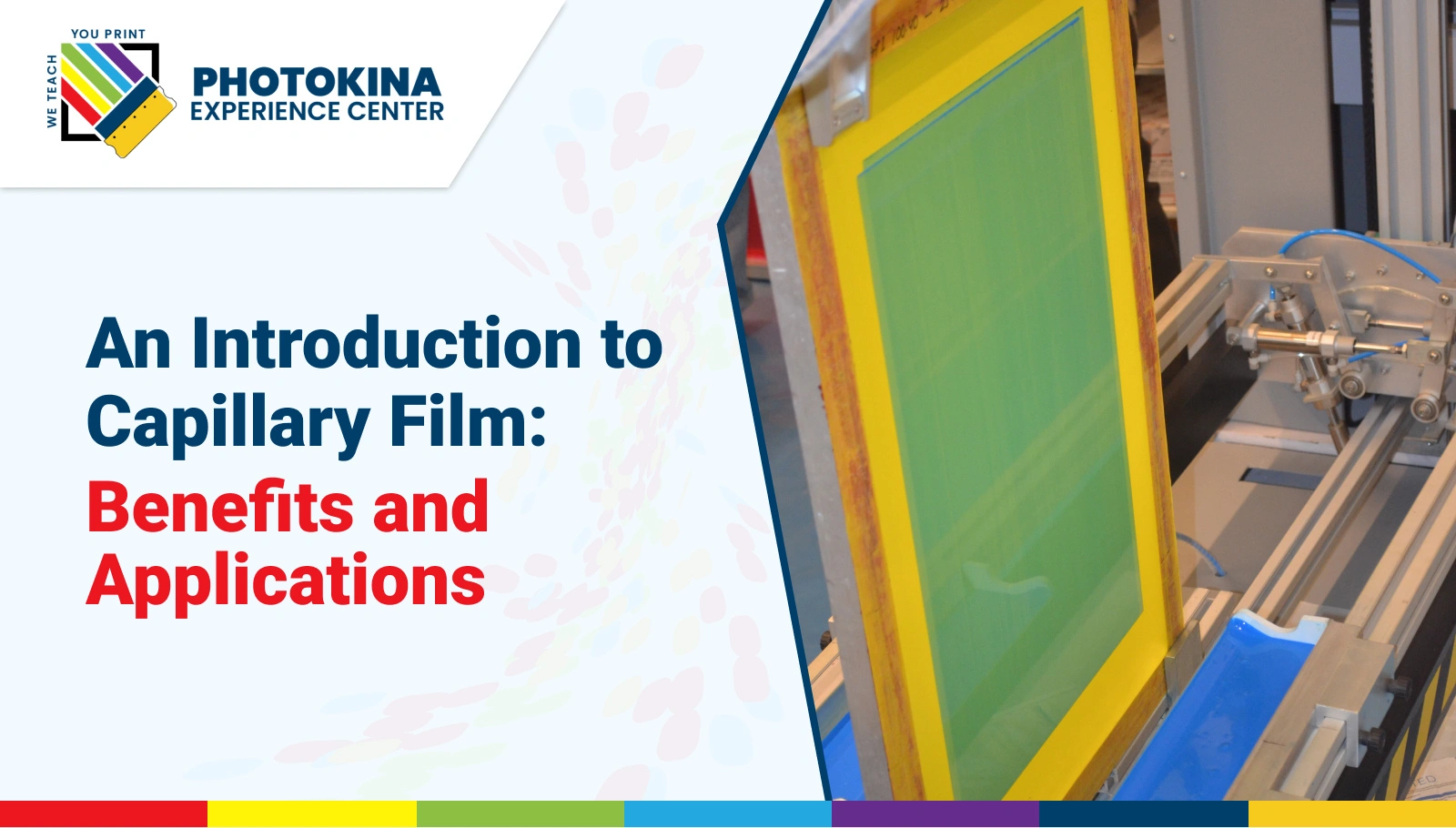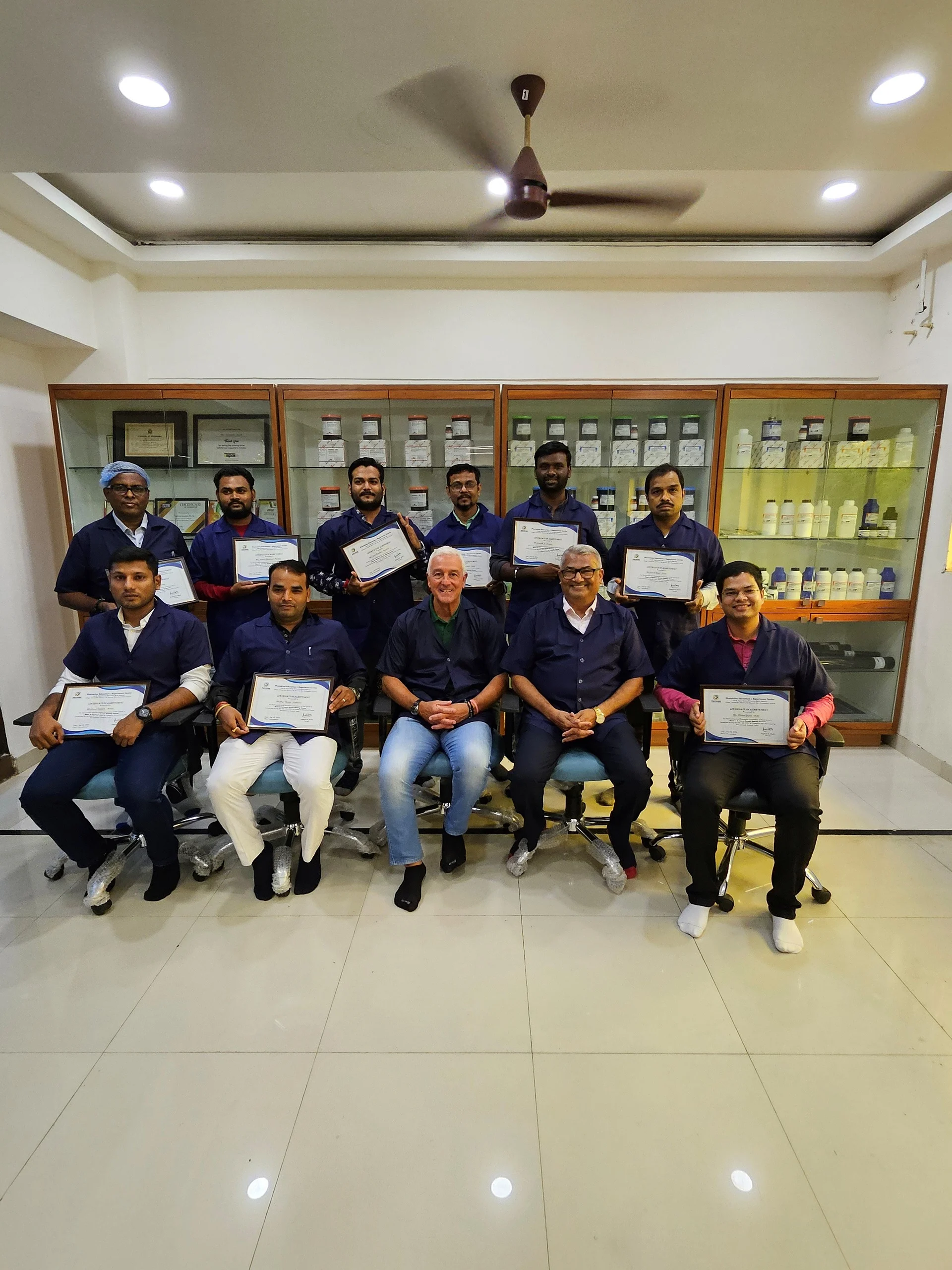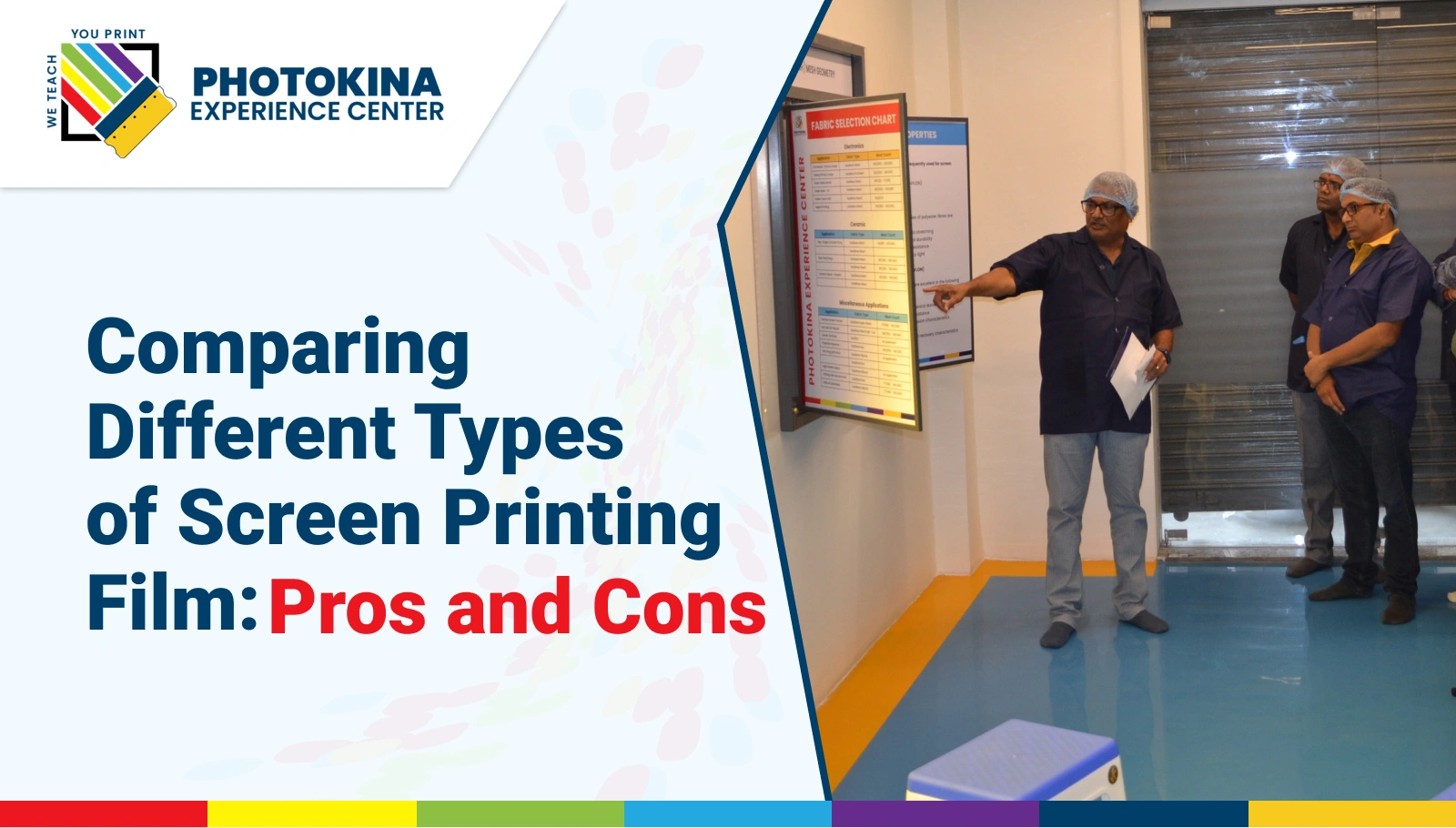
An Introduction to Capillary Film: Benefits and Applications
An Introduction to Capillary Film: Benefits and Applications
Capillary Film has revolutionized the screen printing process by offering a more efficient and reliable alternative to traditional emulsion methods. This guide will explore what capillary film is, its numerous benefits, applications, and how it compares to other screen printing techniques.
What is Capillary Film?
Capillary film is a pre-coated, photosensitive film used to create screen printing stencils. It adheres to the screen mesh and forms a stencil when exposed to light. Unlike traditional emulsions, which require several steps like mixing, coating, and drying, capillary film simplifies the screen preparation process, making it easier and faster to achieve high-quality prints.
Benefits of Capillary Film
- Ease of Use: One of the biggest advantages of capillary film is its easeof use. Traditional emulsions require multiple steps, but capillary film comes pre-coated and ready to apply. This eliminates many time-consuming steps, making it especially suitable for beginners.
- Consistent Results: The uniform thickness of capillary film provides consistent, sharp, and accurate prints. This consistency reduces the variability that often comes with traditional emulsions, resulting in higher-quality stencils and prints.
- Time Efficiency: Using capillary film significantly speeds up the screen preparation process. It reduces the need for multiple coatings and drying times, allowing printers to move quickly from preparation to printing, which is ideal for high-volume operations.
- Durability: Once exposed to light, capillary film creates a durable stencil that withstands repeated use and cleaning. This durability ensures longevity, even with frequent handling and printing.
- Improved Exposure: The uniform thickness of capillary film makes the exposure process more reliable, resulting in better detail and resolution for the final prints. The film’s consistency helps in achieving sharp and precise outcomes.
- Versatility: Capillary film is highly versatile, working well with a variety of inks and substrates. Whether you’re printing on textiles, plastics, or other materials, capillary film providesexcellent results, making it suitable for a wide range of screen printing projects.
Applications of Capillary Film
- Textile Printing: Capillary film is widely used in textile printing to create durable stencils for garments like t-shirts and fabrics. Its easy application and high-quality output make it perfect for producing detailed, high-resolution prints.
- Graphic Printing: In graphic and signage printing, capillary film ensures sharp and precise stencils, making it ideal for posters, banners, and promotional materials where clarity is key.
- Industrial Printing: For industrial applications, capillary film is used to print on materials like metal, glass, and plastics. Its resistance to chemicals and wear makes it a preferred choice in challenging industrial environments.
- Electronics Printing: Capillary film is also used in electronics printing for creating stencils on circuit boards and other electronic components. Its ability to produce high-resolution stencils is essential for the precision required in electronics manufacturing.
Comparing Capillary Film to Traditional Emulsions
- Preparation: Traditional emulsions require several steps, including mixing and drying, while capillary film is pre-coated and ready for immediate use. This simplifies the preparation process.
- Exposure: Due to its uniform thickness, capillary film offers more consistent exposure results compared to traditional emulsions, which may vary in thickness.
- Durability: Both traditional emulsions and capillary film are durable, but capillary film tends to be more resistant to wear and tear, making it a better choice for high-volume printing.
- Cost: While capillary film may have a higher upfront cost, its ease of use and time-saving benefits can justify the investment, especially in large-scale or fast-paced environments.
How to Use Capillary Film
- Prepare the Screen: Ensure the screen is clean and free from any dirt or residue, as this can affect the film’s adhesion.
- Apply the Film: Cut the capillary film to fit the size of your screen. Position it carefully and use a squeegee to press it down, avoiding wrinkles or bubbles.
- Expose the Screen: Place the screen in the exposure unit and follow the manufacturer’s guidelines for exposure time and light source. The exposed areas will harden to create the stencil.
- Rinse and Dry: After exposure, rinse off any unexposed film, then let the screen dry completely before printing.
- Start Printing: Once the screen is prepared, you’re ready to set up your press and begin printing.
Common Problems and Solutions
- Wrinkles or Bubbles: To get rid of air pockets, make sure the capillary film is applied smoothly with a squeegee.
- Incomplete Exposure: Double-check your exposure settings and make sure the film is properly aligned with the screen. Adjust the exposure time as necessary.
- Film Adhesion Issues: Clean the screen thoroughly before applying the capillary film to prevent any adhesion problems.


